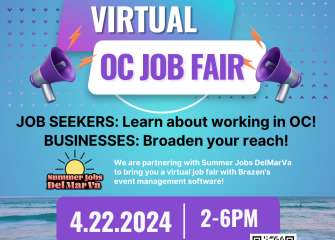
We all know managing our money is important. And we know possessing the tools to do so is the foundation for success. Does it matter, however, if someone else is drowning in credit card debt? Is about to lose their house? Is living one paycheck away from financial ruin? Does the financial precipice upon which they teeter have anything to do with us? It absolutely does.
Poor individual financial choices and increased personal debt lead to higher incidences of bankruptcy and foreclosure. The cost from unpaid medical bills is passed on to everyone through rising costs and fees. The same is true for lenders regarding foreclosures. It takes approximately fifty-five paying households to make up for one bankruptcy, according to methodology outlined in
The Rise in Personal Bankruptcy: Causes and Impact, Feldstein, 1998.
Financial literacy is understanding personal finance. It is the knowledge of how to make the correct choices about money, tax planning, retirement, real estate, and insurance. It is understanding credit cards, debt (and more importantly debt avoidance), and building personal wealth. Financial literacy education is crucial for all Americans, because financial illiteracy affects all Americans.
At the recent Talbot Bank and Wye Financial & Trust hosted Junior Achievement Financial Literacy Summit in Easton, Eric Brotman of Brotman Financial Group called the current lack of financial literacy an epidemic. “If we had as many people reading illiterate in this country as financially illiterate, it would be front page news,” Brotman stated. The issue, he said, is not the information–which is everywhere–but rather the digestion and comprehension of that information. Brotman noted that at present college students can obtain high loans and credit cards, and all this before they are even allowed to drink. The cost of their inexperience can negatively follow them for the rest of their days. As summit speaker Comptroller Peter Franchot observed, “It is easier to get rid of your fingerprints than get rid of bad credit.”
Students are starting life at a negative, many up to $500,000 in loan debt because of a lack of critical understanding of finances. Director of Financial Aid at Chesapeake College, Mindy Schaffer, notes there are countless students who “want what they want” in regard to a university and will sign for a loan without knowing the contents or considering their future income-to-debt ratio after graduation. Leaving college with a hefty debt can spiral students from financial instability into financial ruin.
How, then, do we address the financial literacy crisis? The first step is acknowledging and talking about it. At home and at school, financial literacy education needs to be started early and repeated consistently. Daily lessons rest in trips to the grocery store, discussions over utility or mortgage payments, and debates over the cost of items such as prom dresses and universities. Many programs, like Junior Achievement, continue these home discussions and enhance classroom education, providing additional reinforcement of these crucial lessons. The aim is to teach them while they are young, so when they face that first big financial decision—college loan, credit card, or car payment—they are equipped with the mental tools to wisely do so.
Currently 50% of millennials feel debt is a top concern. 40% of them worry weekly that they will not be able to meet their debt obligations.
Helping the next generation learn to understand the whole of their finances, income potential, and higher education costs now will keep them, and the rest of the economy, in a positive and prosperous situation.

Christina Williams is the Marketing and P.R. director at Junior Achievement of the Eastern Shore, a 501(c)3 non-profit. Through enthusiastic volunteers and charitable donations from individuals and businesses, Junior Achievement of the Eastern Shore continues its mission to making a difference in our future communities today. www.easternshoreja.org.





